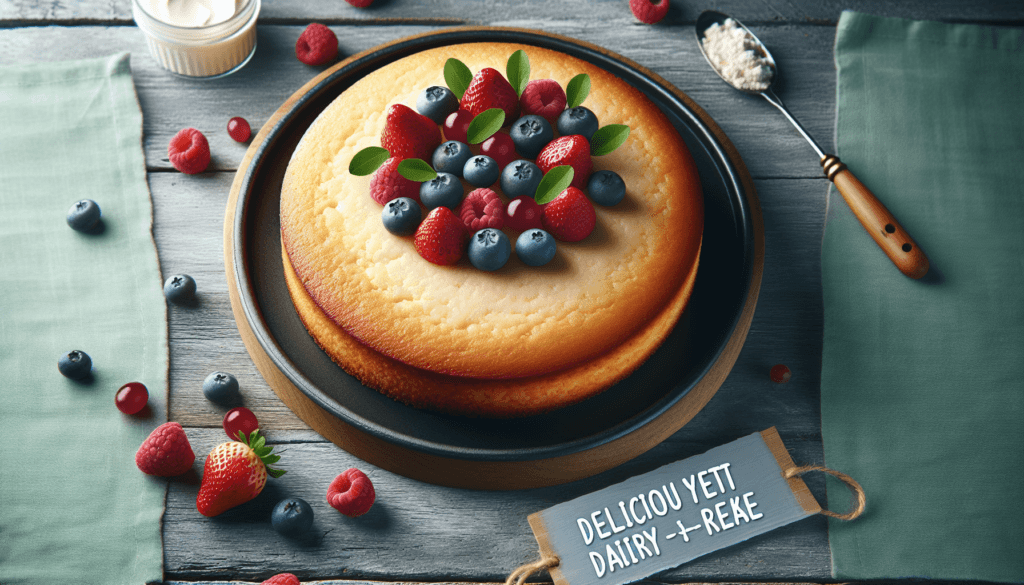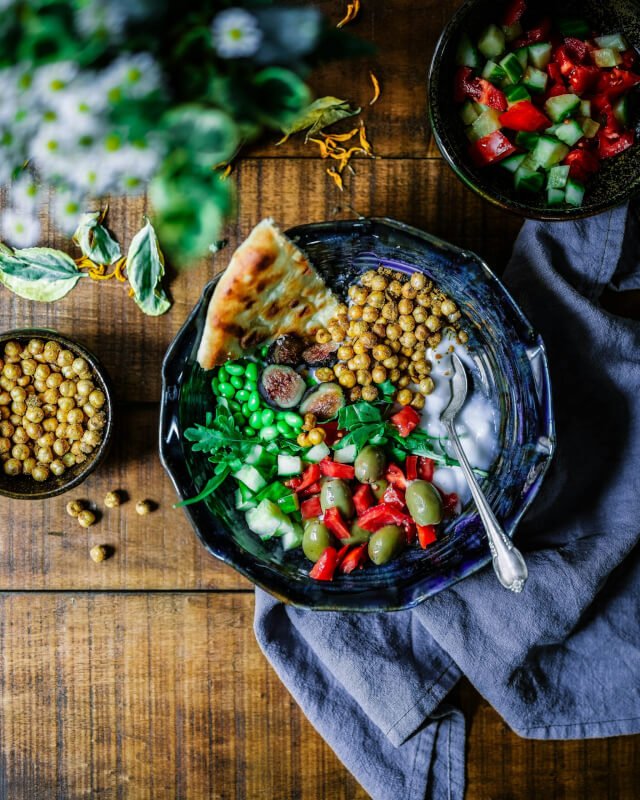Whether you’re lactose intolerant, following a vegan lifestyle, or simply looking to experiment with new flavors, baking with dairy-free ingredients opens up a world of delicious possibilities. From rich chocolate cakes to flaky pastries, this complete guide has got you covered. Discover the best dairy-free substitutes, learn essential baking techniques, and explore mouthwatering recipes that will satisfy your sweet tooth without compromising on taste or texture. Get ready to embark on a dairy-free baking adventure that will leave you feeling inspired and satisfied with every mouthful.
Choosing Dairy-Free Ingredients
Understanding Dairy-Free Options
When it comes to baking with dairy-free ingredients, it’s important to have a good understanding of the various options available. Fortunately, there are many non-dairy alternatives that can be used as substitutes for traditional dairy products. From plant-based milks to dairy-free butter and margarine, these options allow you to create delicious baked goods without compromising on taste or texture.
Substituting Dairy Products with Non-Dairy Alternatives
For those who are lactose intolerant or have a dairy allergy, substituting dairy products with non-dairy alternatives is crucial. Plant-based milks such as almond milk, soy milk, and oat milk can be used in place of regular milk in most recipes. Similarly, dairy-free butter and margarine can be used instead of traditional butter. These alternatives provide the same creamy texture and flavor that dairy products bring to baked goods, ensuring that you don’t have to miss out on your favorite treats.
Reading Labels for Hidden Dairy Ingredients
When choosing dairy-free ingredients, it’s essential to become a label reader. Many packaged foods and ingredients may contain hidden dairy ingredients, such as whey, casein, or lactose. By carefully reading the labels of the products you purchase, you can confidently select those that are truly dairy-free. Additionally, some companies label their products as “dairy-free,” making it easier for you to identify suitable options. Being knowledgeable about hidden dairy ingredients will help you make informed choices and avoid accidental consumption of dairy.
Understanding Dairy Intolerances and Allergies
Differentiating Between Lactose Intolerance and Dairy Allergies
While lactose intolerance and dairy allergies both involve an adverse reaction to dairy, they are not the same thing. Lactose intolerance is the inability to digest lactose, a sugar found in milk and dairy products. It results in symptoms like bloating, gas, and diarrhea. On the other hand, dairy allergies involve an immune reaction to the proteins found in dairy products, such as casein or whey. Allergic individuals can experience a range of symptoms, including hives, difficulty breathing, or even anaphylaxis in severe cases. Understanding the difference between these two conditions is crucial for proper diagnosis and management.
Identifying Common Symptoms of Dairy Intolerance and Allergies
To determine if you have a dairy intolerance or allergy, it’s important to be aware of the common symptoms associated with each condition. Lactose intolerance often presents with bloating, gas, diarrhea, and stomach cramps, typically occurring shortly after consuming dairy. In contrast, dairy allergies can manifest with symptoms like hives, itching, nausea, vomiting, and in severe cases, difficulty breathing or swelling. By recognizing these symptoms and discussing them with a healthcare professional, you can get a proper diagnosis and make necessary dietary adjustments.
Seeking Medical Advice for Diagnosis
If you suspect that you may have a dairy intolerance or allergy, it’s crucial to seek medical advice for a proper diagnosis. A healthcare professional can conduct tests to confirm your condition and provide guidance on managing your dietary needs. They may recommend a lactose intolerance test, allergy testing, or refer you to a specialist, such as an allergist or gastroenterologist. By working with a healthcare team, you can ensure that your dietary choices align with your specific needs and avoid any potential health risks.

Essential Dairy-Free Baking Ingredients
Plant-based Milks
One of the key ingredients in many baked goods is milk. Fortunately, there are numerous plant-based milk options available that can be used as dairy substitutes. Almond milk, soy milk, oat milk, and coconut milk are just a few examples of plant-based alternatives that can provide the necessary moisture and texture in your baked goods. These milks are often available in different flavors, such as vanilla or chocolate, allowing you to add an extra dimension of taste to your recipes.
Dairy-Free Butter and Margarine
Butter is another dairy product commonly used in baking, but there are several excellent dairy-free alternatives on the market. Non-dairy butter and margarine can be easily substituted in recipes that call for butter. These products are often made using plant-based oils, such as coconut oil or vegetable oil, and are designed to provide a similar consistency and flavor to traditional butter. They can be used in pie crusts, cookie dough, and cake batters without compromising on taste or texture.
Egg Replacements
While eggs are not a dairy product, they are often used in baking and can pose a challenge for those following a dairy-free diet. Thankfully, there are several options available for replacing eggs in your recipes. Some commonly used egg substitutes include applesauce, mashed bananas, flaxseed meal, or commercially available egg replacers. These alternatives can help bind ingredients together and provide moisture, resulting in successful dairy-free baking.
Mastering Dairy-Free Baking Techniques
Understanding the Role of Dairy in Baking
Dairy products play several essential roles in baking, including providing moisture, enhancing texture, and adding flavor. When baking without dairy, it’s important to understand how to replicate these properties. By using non-dairy alternatives, such as plant-based milks and dairy-free butter, you can maintain the necessary moisture in your baked goods. Experimentation with different ingredients and techniques will help you achieve the desired texture, whether it’s a light and fluffy cake or a chewy cookie. Additionally, incorporating flavorful ingredients like spices, extracts, or fruits can help compensate for the absence of dairy flavor.
Substituting Dairy Products in Different Recipes
Different recipes require different considerations when substituting dairy products. In some cases, a direct one-to-one substitution is possible, such as using almond milk instead of regular milk. However, other recipes may require a more nuanced approach. For example, in recipes that rely heavily on the creaming method (beating butter and sugar together), using a dairy-free butter may impact the final texture. In these cases, adjusting the mixing time or adding a touch of oil can help achieve the desired result. Familiarizing yourself with common substitutions and techniques for different recipes will build your confidence in creating dairy-free baked goods.
Achieving Moisture, Texture, and Flavor without Dairy
One of the concerns when baking without dairy is ensuring that your treats maintain the desired moisture, texture, and flavor. Experimentation and practice are key to achieving these results. Incorporating moisture-rich ingredients like applesauce, mashed bananas, or even yogurt alternatives can help retain moisture in your bakes. Texture can be enhanced by using a combination of gluten-free flours, such as rice flour or almond flour, or adding xanthan gum to mimic the binding properties of gluten. Lastly, boosting flavor with spices, extracts, and other flavorings will make your dairy-free baked goods just as delicious and enjoyable as their dairy-containing counterparts.
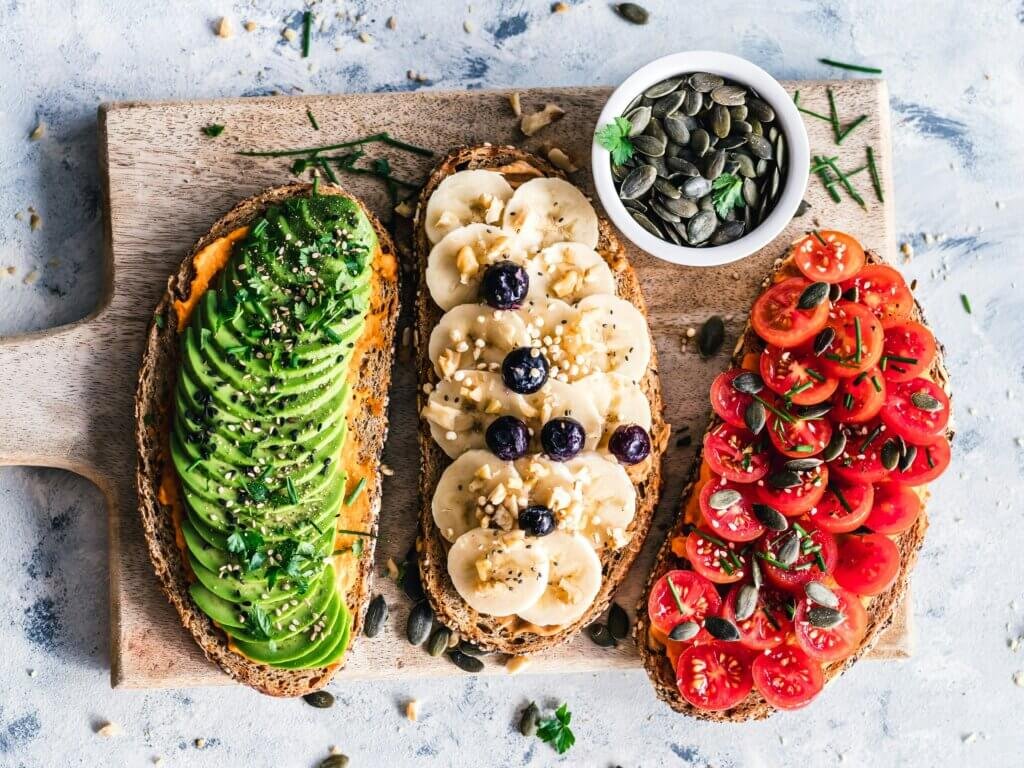
Dairy-Free Baking Equipment and Tools
Essential Bakeware
Having the right bakeware is essential for successful dairy-free baking. Non-stick baking sheets, silicone baking mats, and parchment paper are all useful tools to ensure that your baked goods don’t stick to the pan. Cake pans, muffin tins, and loaf pans made from materials like stainless steel or non-stick coatings are also beneficial. By using these tools, you can prevent your dairy-free creations from becoming stuck or over-browned while maintaining their desired shape.
Blenders and Mixers for Dairy-Free Mixing
Blenders and mixers are invaluable tools for dairy-free baking. They can help you achieve smooth batter consistency when blending non-dairy ingredients, such as plant-based milks or fruit purees. A high-speed blender or food processor is particularly useful when making creamy frostings or smooth dairy-free cheesecake fillings. Additionally, stand mixers or hand mixers are ideal for aerating dairy-free butter or margarine, ensuring that your baked goods have the same light and fluffy texture as their dairy-containing counterparts.
Specialty Tools for Dairy-Free Baking
While not essential, there are a few specialty tools that can enhance your dairy-free baking experience. Tools like an icing smoother, piping bags and tips, or an offset spatula can help you achieve professional-looking decorative finishes on your dairy-free cakes or cupcakes. Additionally, investing in a reliable dairy-free recipe app or cookbook can provide you with a wealth of inspiration and recipe ideas specifically tailored to your dietary needs. These tools and resources can make your dairy-free baking journey even more enjoyable.
Converting Traditional Recipes to Dairy-Free
Converting Dairy-Heavy Recipes to Dairy-Free Versions
Converting traditional recipes that heavily rely on dairy to dairy-free versions may seem daunting at first, but with the right knowledge and substitutions, it’s entirely possible. When adapting a recipe, it’s important to identify the dairy ingredients that need to be replaced and select suitable non-dairy alternatives. For example, if a recipe includes heavy cream, you can use a combination of coconut cream and a non-dairy milk to replicate the creaminess. It may take some trial and error, but with practice, you’ll become adept at converting your favorite recipes to dairy-free versions.
Adjusting Measurements for Non-Dairy Substitutions
When substituting dairy products with non-dairy alternatives, it’s essential to adjust the measurements accordingly. The consistency and properties of non-dairy ingredients may differ from their dairy counterparts, requiring slight modifications to ensure the desired outcome. For example, if a recipe calls for one cup of regular milk and you opt for almond milk instead, you may need to reduce the quantity slightly to account for the thinner consistency of almond milk. Thankfully, many resources, including dairy-free cookbooks and online recipe blogs, provide guidelines and recommendations to help you make these adjustments confidently.
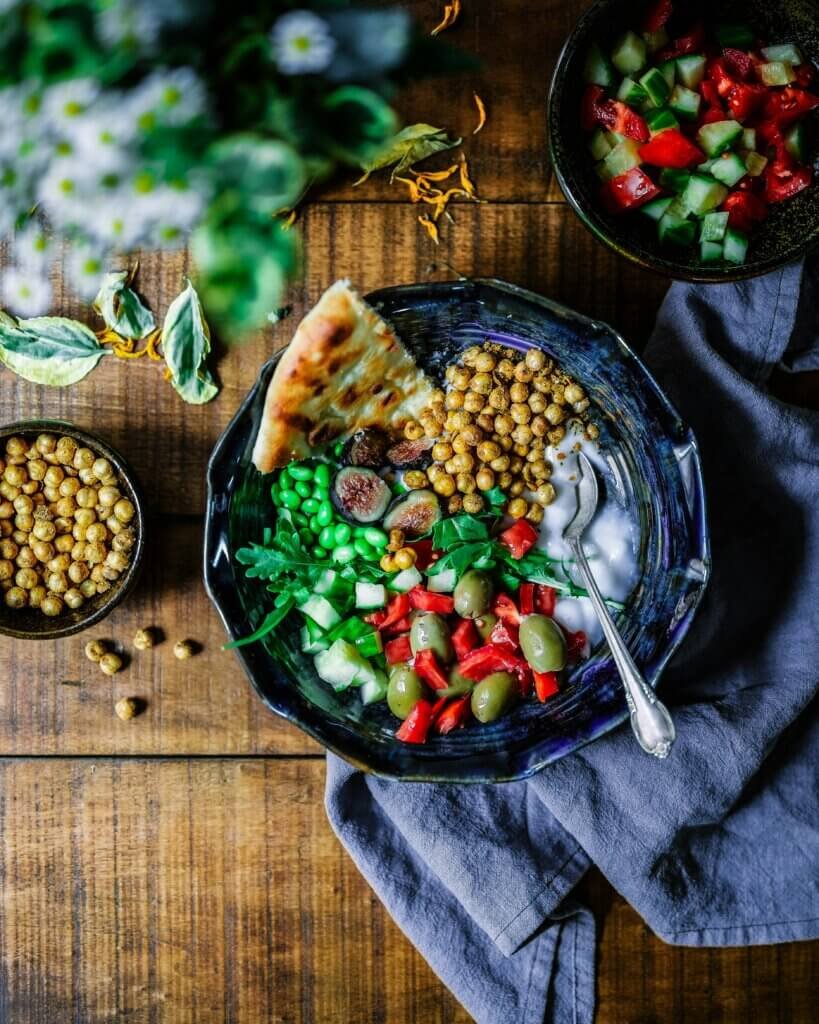
Favorite Dairy-Free Baking Recipes
Classic Dairy-Free Chocolate Chip Cookies
Who can resist a classic chocolate chip cookie? This dairy-free version is just as tasty as the original, thanks to the use of dairy-free butter and dairy-free chocolate chips. The creamy texture of the dairy-free butter ensures that the cookies come out moist and chewy, while the chocolate chips provide the perfect burst of sweetness. Whether enjoyed with a glass of non-dairy milk or on their own, these cookies are sure to satisfy your sweet tooth.
Vegan Blueberry Muffins with Dairy-Free Alternatives
Start your day off right with a batch of vegan blueberry muffins. These fluffy and moist treats are made without eggs or dairy, yet they retain the delightful taste and texture of traditional muffins. By using plant-based milk and dairy-free margarine, you can achieve the same richness and flavor as their dairy-containing counterparts. Bursting with juicy blueberries, these muffins are the perfect dairy-free option for breakfast or a quick snack on the go.
Decadent Dairy-Free Chocolate Cake
Indulge in a slice of decadent dairy-free chocolate cake that rivals any traditional chocolate cake. Made with dairy-free butter, plant-based milk, and cocoa powder, this cake is moist, rich, and utterly satisfying. The absence of dairy does not compromise the lusciousness of the chocolate flavor or the softness of the cake texture. Whether enjoyed on its own or topped with dairy-free frosting, this dairy-free chocolate cake is a show-stopper for any occasion.
Tips for Successful Dairy-Free Baking
Storing Dairy-Free Baked Goods
Proper storage is essential to ensure that your dairy-free baked goods stay fresh and delicious. In general, most dairy-free baked goods can be stored in an airtight container at room temperature for a few days. However, some delicate or cream-filled treats may require refrigeration to maintain their texture and prevent spoilage. It’s important to follow the specific storage recommendations for each recipe to optimize the shelf life and flavor of your dairy-free creations.
Avoiding Cross-Contamination with Dairy Products
Cross-contamination can occur if dairy-free ingredients come into contact with dairy products or surfaces that have been in contact with dairy. To avoid cross-contamination, it’s crucial to keep separate utensils, mixing bowls, and baking tools specifically designated for dairy-free baking. Additionally, thoroughly clean any shared surfaces, such as countertops or cutting boards, before preparing or serving dairy-free items. Being vigilant about cross-contamination will ensure the safety and integrity of your dairy-free baked goods.
Experimenting and Trying New Dairy-Free Ingredients
Dairy-free baking opens up a world of possibilities for trying new and exciting ingredients. Don’t be afraid to experiment and discover your own favorite dairy-free alternatives. Whether it’s using coconut milk for added richness, incorporating nut butters for depth of flavor, or experimenting with different gluten-free flour blends, embracing new ingredients can lead to delicious and unique results. Explore the variety of dairy-free options available and have fun discovering your own signature dairy-free recipes.
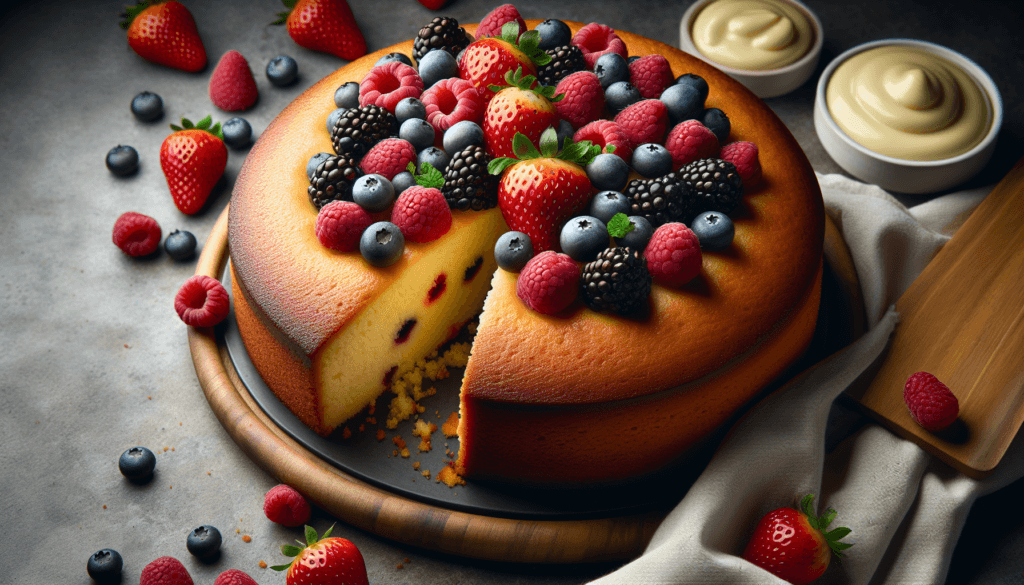
Understanding the Nutrition of Dairy-Free Baking
Comparing Dairy and Non-Dairy Nutrition in Baked Goods
Dairy-free baking can offer unique nutritional benefits compared to traditional dairy-containing baked goods. Non-dairy alternatives, such as plant-based milks and dairy-free butter, can provide similar levels of calcium, vitamins, and minerals as their dairy counterparts. However, they often have fewer calories, less saturated fat, and zero cholesterol. This can make dairy-free baked goods a healthier option for individuals looking to reduce their intake of saturated fat or those following a vegan or plant-based diet.
Exploring Health Benefits and Considerations of Dairy-Free Ingredients
Dairy-free baking ingredients can offer a range of health benefits and considerations. Plant-based milks, such as almond milk or oat milk, are typically fortified with essential nutrients like calcium, vitamin D, and vitamin B12. This can be especially beneficial for individuals who are lactose intolerant or following a vegan diet. Additionally, using non-dairy butter or margarine can help reduce saturated fat consumption, which is often higher in traditional dairy butter. It’s important to keep in mind individual dietary needs and consult with a healthcare professional or registered dietitian to ensure balanced nutrition when following a dairy-free baking regimen.
Additional Resources for Dairy-Free Baking
Cookbooks and Online Recipes for Dairy-Free Baking
If you’re looking for more inspiration and guidance in your dairy-free baking journey, there are numerous cookbooks and online resources available. Many talented bakers have created dairy-free cookbooks that contain a wide range of recipes, offering both beginners and experienced bakers a wealth of options. Additionally, there are countless websites, food blogs, and social media accounts dedicated to sharing dairy-free baking recipes and tips. These resources can be a valuable tool for expanding your repertoire and finding delicious dairy-free recipes to suit your taste and dietary needs.
Support Groups and Communities for Dairy-Free Bakers
Being part of a supportive community can greatly enhance your dairy-free baking experience. Joining online support groups or communities focused on dairy-free baking allows you to connect with fellow bakers, share tips and tricks, and seek advice on specific challenges you may encounter. These communities often provide a space for individuals to ask questions, share their own dairy-free creations, and find encouragement along their baking journey. Engaging with like-minded individuals can be a wonderful way to exchange ideas and gain inspiration for dairy-free baking.
Blogs and Websites with Dairy-Free Baking Tips
Various blogs and websites specialize in dairy-free baking, providing tips, tricks, and step-by-step tutorials to help you navigate the world of dairy-free baking. These valuable resources often feature in-depth articles on dairy-free ingredient substitutions, troubleshooting common baking issues, and insights into the science behind successful dairy-free baking. They may also offer recipe indexes that cater specifically to dairy-free diets, making it easy for you to discover new and exciting recipes. By referring to reputable blogs and websites, you can expand your knowledge and become a dairy-free baking expert.
In conclusion, baking with dairy-free ingredients is an inclusive and rewarding way to enjoy delicious treats while accommodating dietary restrictions, intolerances, or allergies. By understanding dairy-free options, substituting dairy products, mastering baking techniques, and using the right equipment, you can create dairy-free baked goods that are just as moist, flavorful, and satisfying as their traditional counterparts. With a little practice, experimentation, and the help of valuable resources, you’ll be well on your way to becoming a confident and successful dairy-free baker. So, grab your dairy-free ingredients, preheat that oven, and let the delightful aroma of dairy-free treats fill your kitchen!
